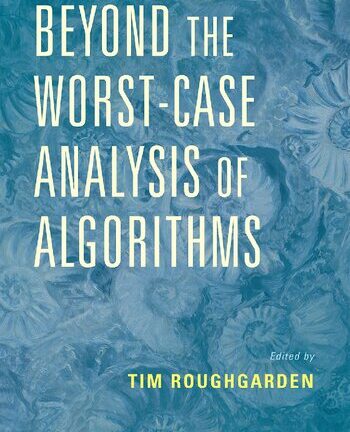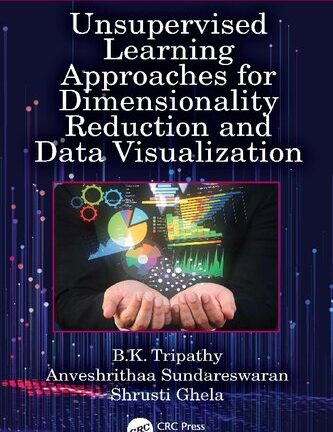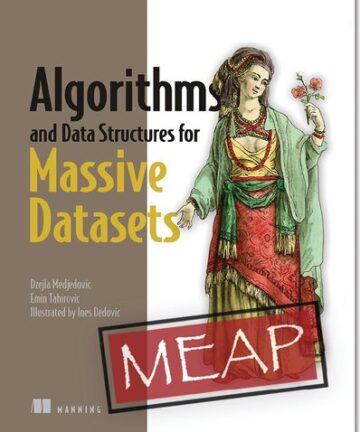Description
During a decade of global counterterrorism operations and two extended counterinsurgency campaigns, the United States was confronted with a new kind of adversary. Without uniforms, flags, and formations, the task of identifying and targeting these combatants represented an unprecedented operational challenge for which Cold War era doctrinal methods were largely unsuited. This monograph examines the doctrinal, technical, and bureaucratic innovations that evolved in response to these new operational challenges. It discusses the transition from a conventionally focused, Cold War-era targeting process to one optimized for combating networks and conducting identity-based targeting. It analyzes the policy decisions and strategic choices that were the catalysts of this change and concludes with an in depth examination of emerging technologies that are likely to shape how this mode of warfare will be waged in the future.






Reviews
There are no reviews yet.